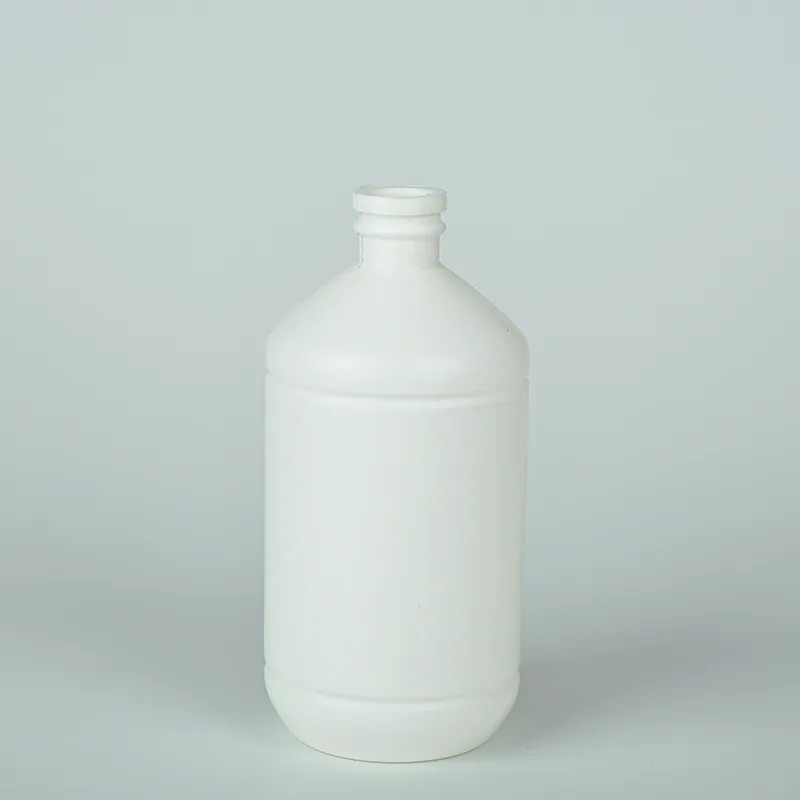serum clot tube
Understanding Serum Clot Tubes Key Concepts and Applications
In the field of clinical laboratory medicine, the proper collection, handling, and processing of blood samples are crucial for accurate diagnostic outcomes. Among the various types of blood collection tubes, serum clot tubes are particularly significant as they facilitate the extraction of serum for a variety of biochemical analyses. This article delves into the important features of serum clot tubes, their applications, and the best practices associated with their use.
What are Serum Clot Tubes?
Serum clot tubes, commonly known as red-top tubes, are specialized containers used for collecting blood specimens that require serum for testing. These tubes contain no additives, allowing blood to clot naturally after collection. Once the blood sample is allowed to stand, the formed clot separates from the liquid portion, resulting in serum which can be used for various laboratory tests. The key characteristic that distinguishes serum clot tubes from other blood collection tubes is the absence of anticoagulants, which are substances used to prevent blood from clotting.
Design and Composition
Typically made from glass or plastic, serum clot tubes feature a simple design that allows for visual inspection of the sample. They often come with silicone clots for improved separation of the serum from the cellular components upon centrifugation. The design may also include a color-coded cap—usually red or gold—to indicate the absence of additives and differentiate them from other types of tubes like EDTA or heparin tubes. Each tube is sterile, ensuring that contamination does not interfere with the results of lab tests.
Applications of Serum Clot Tubes
Serum clot tubes are primarily utilized when serum is required for biochemical assays, serological tests, and various other analyses. Some common applications include
1. Clinical Chemistry Serum tests are commonly performed to evaluate organ function, electrolyte balance, and metabolic status. Parameters such as glucose, liver enzymes, kidney function tests, and lipid profiles are often analyzed using serum samples.
2. Serology In the detection of antibodies or antigens related to infectious diseases, serum clot tubes are instrumental. They provide the required serum for tests such as enzyme-linked immunosorbent assay (ELISA) and western blotting.
serum clot tube

3. Hormonal Studies Hormone levels in the serum, such as thyroid hormones, cortisol, and sex hormones, can be measured to assess endocrine function and diagnose various hormonal disorders.
4. Therapeutic Drug Monitoring Monitoring levels of medications, particularly those with narrow therapeutic windows, often relies on serum samples collected using these tubes.
Best Practices for Use
To ensure the reliability of results obtained from serum clot tubes, several best practices must be observed during the collection and processing stages
1. Collection Technique Blood should be drawn via venipuncture using aseptic techniques to minimize the risk of contamination. It is important to allow the blood to fill the tube without forcing it out to ensure an accurate sample volume.
2. Clotting Time After collection, serum clot tubes must be inverted gently and allowed to sit for 30 minutes to 1 hour at room temperature to permit adequate clot formation. This step is crucial as insufficient clotting can lead to hemolysis, which can compromise test results.
3. Centrifugation Once clotting is complete, the samples must be centrifuged to separate the serum from the clot. The centrifugation speed and time should be optimized according to the manufacturer’s instructions to achieve effective separation without damaging the serum.
4. Storage Conditions Serum samples should be stored properly before testing. If testing is delayed, samples should be refrigerated or frozen based on the biochemical parameters being analyzed. Proper labeling and documentation are also vital to prevent mix-ups.
Conclusion
In summary, serum clot tubes play an essential role in laboratory diagnostics by allowing for the collection of serum used in a wide range of tests. Understanding their design, applications, and best practices can significantly enhance the accuracy and dependability of laboratory results. By adhering to proper collection and processing techniques, healthcare professionals can ensure that patients receive timely and accurate diagnoses, ultimately leading to better patient care outcomes. As advancements in laboratory technology continue, the importance of optimizing blood collection methods, including the use of serum clot tubes, remains pivotal in the ever-evolving field of medical diagnostics.
-
Aesthetic Makeup Spray Bottles | Fine Mist Empty RefillableNewsAug.19,2025
-
White Plastic Veterinary Vaccine Vials | Lab Liquid BottlesNewsAug.18,2025
-
Plastic Medicine Liquid Bottle: Secure Flip Top Drug VialsNewsAug.17,2025
-
Durable 250ml Blue Plastic Vaccine Vial for Lab & Vet UseNewsAug.16,2025
-
Sterile Virus Sample Tubes: Secure & Reliable Specimen CollectionNewsAug.15,2025
-
White 250ml Plastic Vaccine Vial for Lab & Vet MedicineNewsAug.14,2025
























